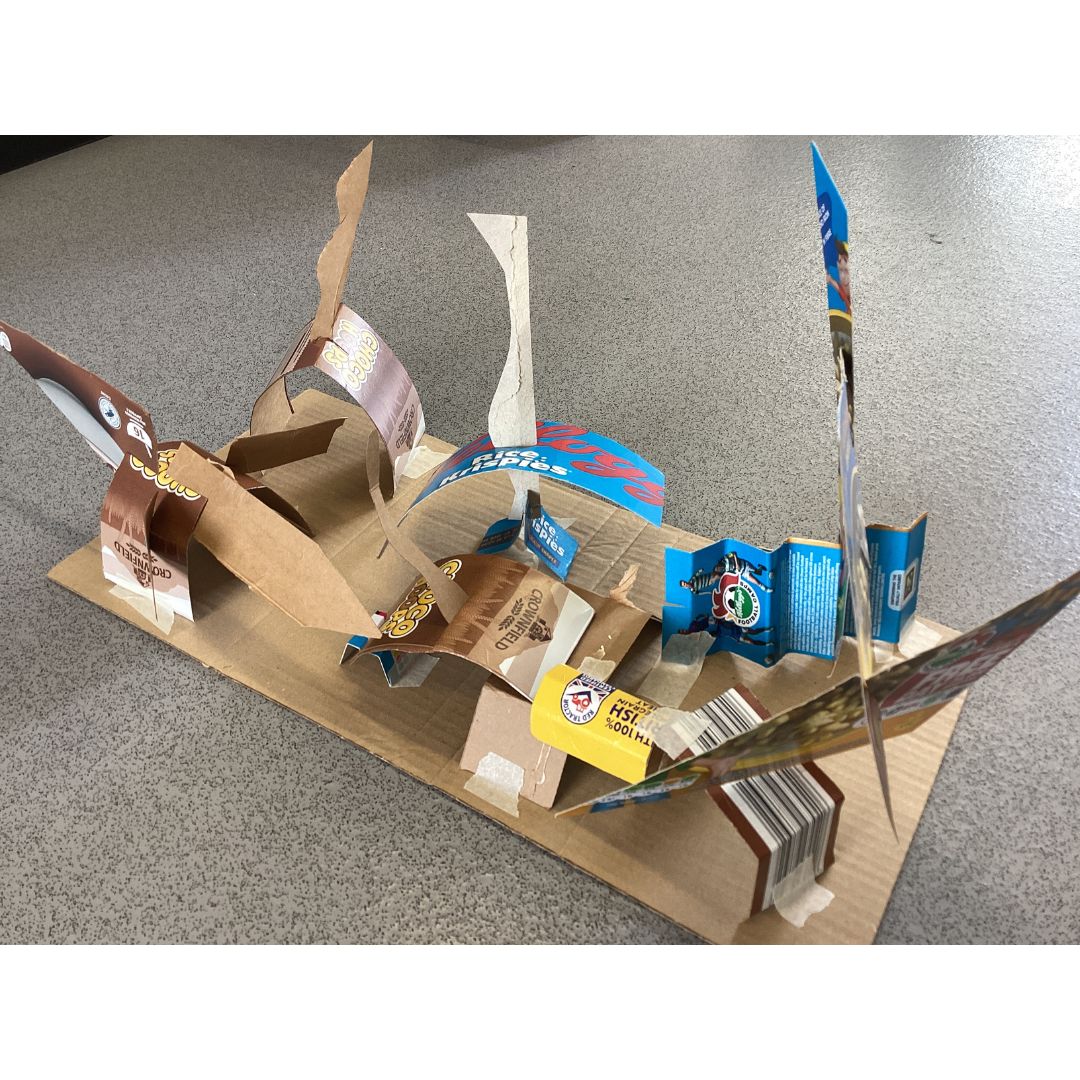Learning objective
- To join 2D shapes to make 3D structures.
Success criteria
- I can define sculpture.
- I can try different ways
This content is for subscribers only. Join for access today.
National curriculum
Art and design
Pupils should be
This content is for subscribers only. Join for access today.
Cross-curricular links
Design and Technology
Technical knowledge
-
This content is for subscribers only. Join for access today.
Before the lesson
This content is for subscribers only. Join for access today.
Lesson plan
Recap and recall
Before starting this unit you might want to check children can recall: How to make choices about which materials and techniques to use to create an effect. How to use hands and tools with confidence when cutting, shaping and joining paper, card and malleable materials. Develop observational skills to look closely and aim to reflect…
This content is for subscribers only. Join for access today.
Extended-mode explainer videos
How to extend your display to view the lesson page and preseantion mode simultaneously. Choose your operating system below to watch the video
If you need further support with extending your display,
please contact [email protected].
Extended-mode explainer video: For Mac
Extended-mode explainer video: For Windows
Adaptive teaching
Pupils needing extra support
Could look at models you have prepared in advance, to help them visualise what is possible when working in 3D; could use 2D shape templates, cut from card, to draw around (plastic 2D shapes tend to be too small for this activity); could progress from folding and curving the card to make it more rigid, to making a 3D structure using three pieces of card, joined together using simple slots.
Pupils working at greater depth
Could explore their own ideas for joining pieces and for increasing the stability of structures; could progress to thinking about the overall look of their 3D structure – could they make it more interesting by adding to it or by cutting irregular shapes in the card?
This content is for subscribers only. Join for access today.
Assessing progress and understanding
Pupils with secure understanding indicated by: being able to try
This content is for subscribers only. Join for access today.
Vocabulary definitions
-
sculpture
Art in three dimensions; walk all around it to look at it.
-
structure
Parts arrange in a particular way, like a cardboard model.
This content is for subscribers only. Join for access today.
Example work

Montem Academy, Slough

Montem Academy, Slough

Montem Academy, Slough

Montem Academy, Slough

Montem Academy, Slough

Montem Academy, Slough

Montem Academy, Slough

Montem Academy, Slough

Montem Academy, Slough

Montem Academy, Slough

Montem Academy, Slough
This content is for subscribers only. Join for access today.

